The majority of vegetables need a minimum of six to eight hours of sunlight to thrive. However, don’t neglect the shade-loving vegetables. Lightly or partially shaded areas provide plenty of benefits. Shade offers temporary relief from the harsh summer heat for vegetables that prefer cooler weather. It prevents vegetables from turning bitter and makes them more succulent, which is really important if you plan on selling your crops. Also, when shade-tolerant vegetables are planted in succession, they can be a great source of both early and late harvests. You can find all of the plant seeds mentioned at your local gardening store, or you can purchase them online. Here is everything you need to know about plants that thrive in the shade.
Swiss Chard
You can grow Chard from March until autumn, it grows best in a partly shaded or sunny area but requires soil that retains moisture. However, you will need to prepare your soil with compost or mixed aged manure at least two weeks before planting. Also, you can start the growing process inside, but it’s not necessary.
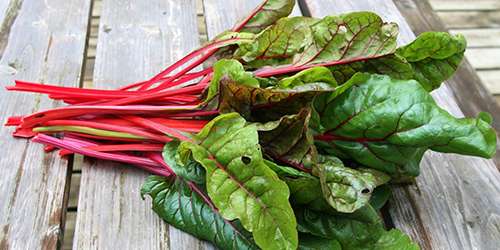
Beetroot
Sow beetroot seeds outside from mid-April to late June. Beetroot grows best in well-drained, fertile soil. Before sowing, dig in some well-rotted garden compost. Water beetroot every 10-14 days during a dry spell because this will reduce the risk of the roots splitting or becoming woody.
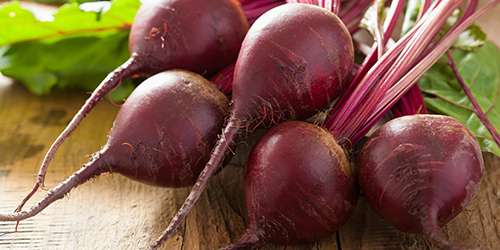
Kohlrabi
You will need to grow kohlrabi in well-dug soil that contains a lot of well-rotted organic material. Start sowing in early spring, experts advise that you don’t add manure to the site before sowing the seed. Additionally, they prefer slightly alkaline soil and do not grow well on acidic soils. They grow well in partial shade, but they don’t have any problems in full shade. However, it’s important that they are positioned where the soil will remain moist for the longest period of time. Start by growing the seeds inside, once they begin to germinate, which will take around 10 days, you can plant them outside.

Carrots
Sow carrot seeds between the months of March and June in prepared soil. Good soil preparation is important; carrots thrive in moisture-retentive soil, so it’s advised that you add some well-rotted organic matter. They need a limited amount of care, water them occasionally.
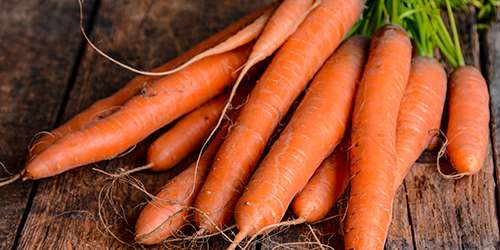
Leeks
Start sowing leek seeds during the spring months. Improve fertility and soil texture by incorporating some garden compost or well-rotted manure. When the leeks first start growing, you will need to water them often.
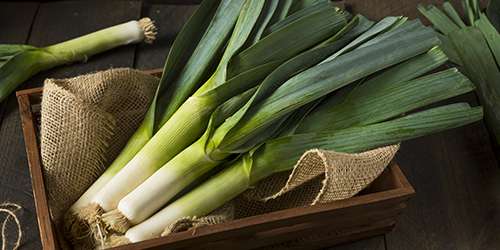
Broad Beans
Broad beans are inexpensive and easy to grow, you can grow them from seeds or you can buy them as plants. You should grow broad beans in well-manured, rich soil, and make sure they are placed in a position that will protect them from strong winds. If you prefer, you can grow broad beans in a greenhouse but it’s not a requirement. As the flowers start setting, keep the plants well-watered. Start sowing broad beans from February to April.
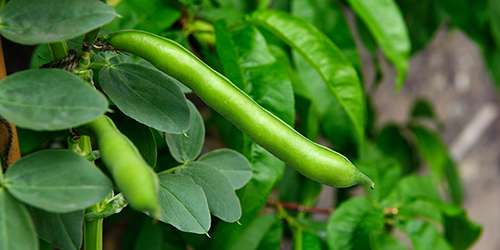
Kale
Kale is cheap to grow from seed, but you can also buy them as baby plants called plugs. Also, kale is best sown from late spring to early summer. You can either grow them directly in the ground or in a pot. However, kale needs a lot of feeding to flourish; before planting, add a lot of compost to the ground. You will need to water kale well during dry weather; use a mulch to conserve soil moisture.

Radishes
Radishes are one of the easiest crops to grow because they don’t need any attention after the seed has sown. If you want to start sowing radishes during the spring months, start during the third week of April. Radish grows better in the shade where they are not exposed to harsh sunshine during the afternoon. Grow them in moisture-retaining well-drained soil for best results.
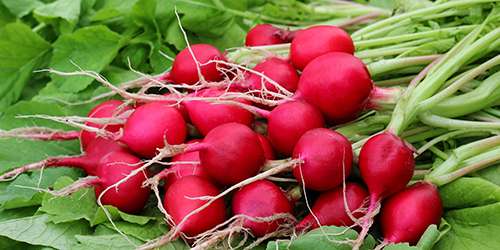
Salad Leaves
Growing your own salad leaves is quick and easy, they grow best in even poor soils. You should start sowing seeds as soon as the soil is workable, you can begin in March and continue until September. To make sure the leaves don’t turn bitter, add a lot of well-rotted organic matter to the soil before planting. You will need to keep watering the soil so that it doesn’t dry out.
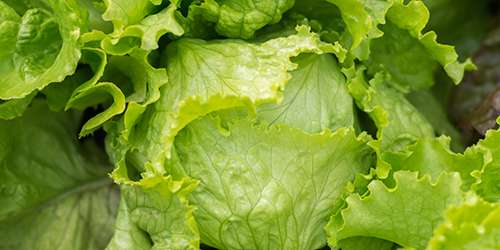
Brassicas
Brassicas grow best in partial shade with fertile, firm free-draining soil. It is important to mention that they won’t grow if the soil is too acidic, you can avoid this by adding lime to it. Aim for a pH of 6.5-7.5. Most brassicas should be planted in modules under glass or in a seedbed and then transferred. You can grow brassicas from October well into the winter and spring months.
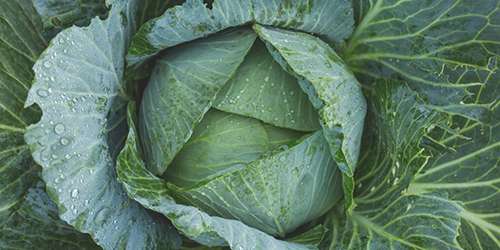
Mustard Greens
The most common way to plant mustard greens is from seed; however, you can also do so from young seedlings. Start the process outdoors three weeks prior to your last frost date. Mustard greens don’t flourish during the summer months, so you’ll need to stop planting seeds just before the end of spring. Grow the seeds in well-amended vegetable garden soil. They need at least 2 inches of water per week, but if there isn’t much rain, you will need to water them more often.
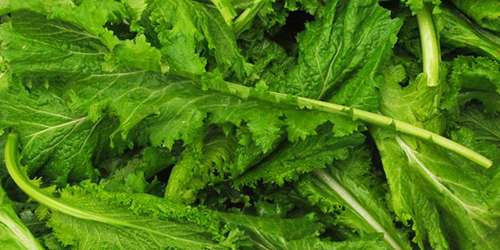
Arugula
The arugula plant thrives in well-drained soil, but you will need water it often because they like a lot of moisture. Before sowing, dig in some well-rotted compost or manure. You can grow arugula in containers of any size, but the smaller the pot size, the more watering they’ll need. Plant arugula in early spring or early fall.
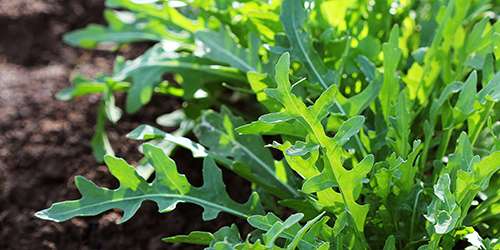
Turnips
Turnips can be planted in late summer or in the spring. They don’t require much care once planted. Water the seeds as soon as you’ve planted them to accelerate the germination process. You will also need to water them often to prevent the roots from becoming small and woody.

Additional Tips For Growing Vegetable Plants in Partial Shade
- It is not a requirement for all plants, but if you want to speed up the harvest, start growing them indoors before transplanting them to the shade.
- Crops will mature slower, you should also scale down the expectation of yield and size.
- Thinning out high branches and pruning away low tree branches will provide the garden with more sunlight.
- Painting nearby fences or walls white will cause more light to bounce into the garden. Additionally, light-colored sidewalks, driveways, or paving adjacent to the shaded gardens will reflect extra light.
- Make it easier to move crops as the seasons change by growing crops in containers.
You may also like:
An Insanely Effective Way to Build a 5 Year Food Stockpile (Video)
15 Gardening Mistakes You’re Making Right Now
How to Build a Smokehouse In Your Backyard (with Pictures)

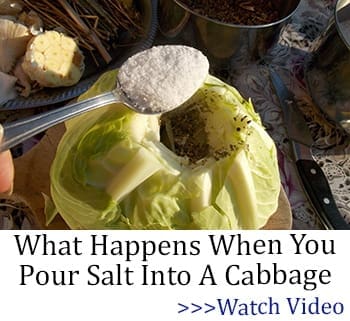








Thank you for this article.
This is wonderful thank you 💗
Great information, thanks!